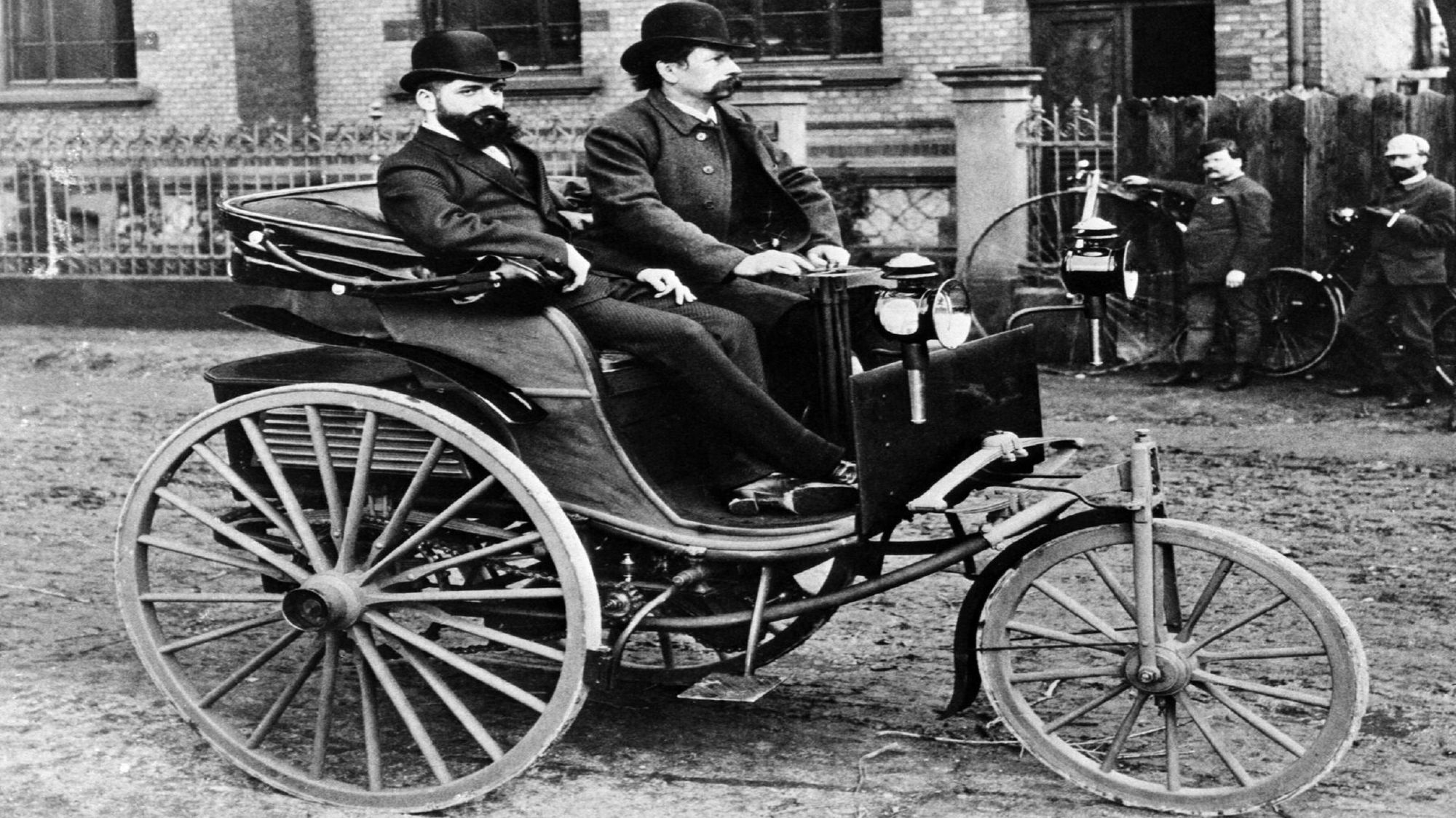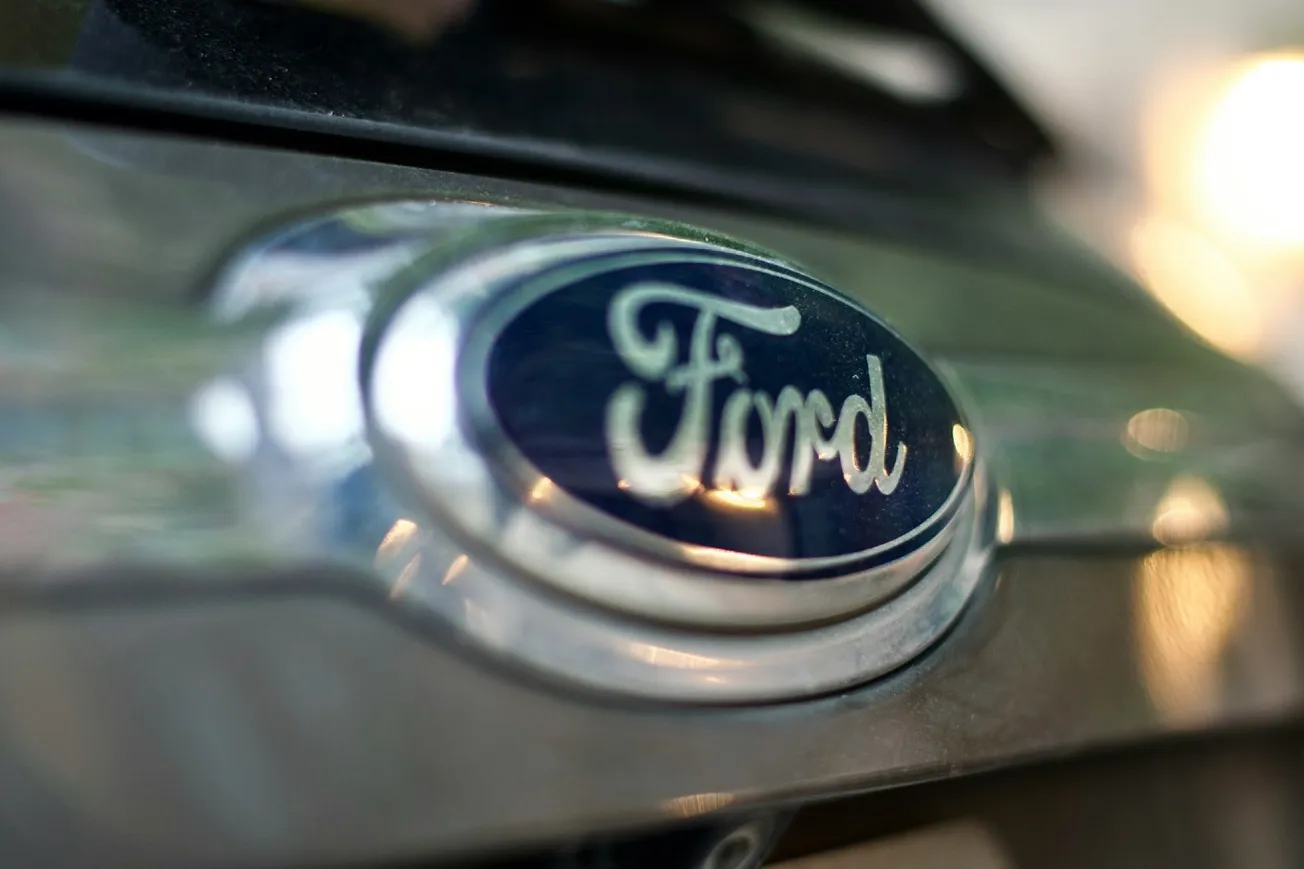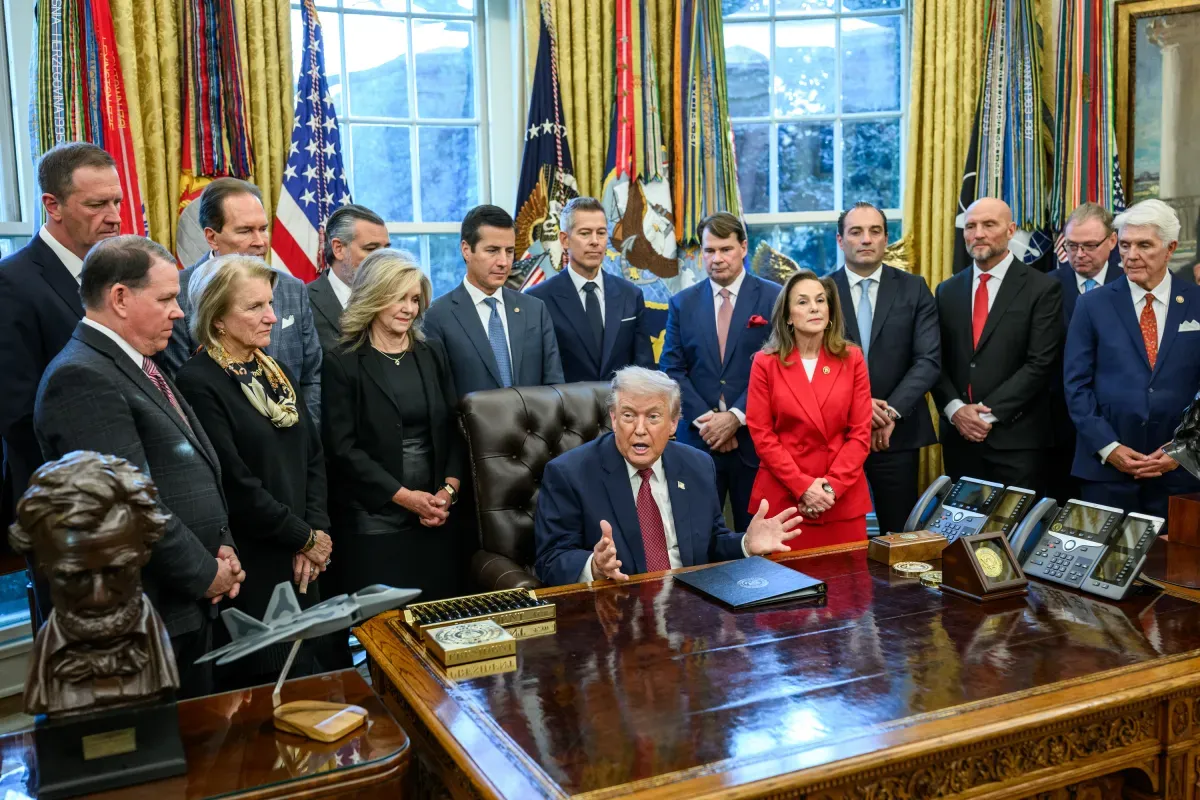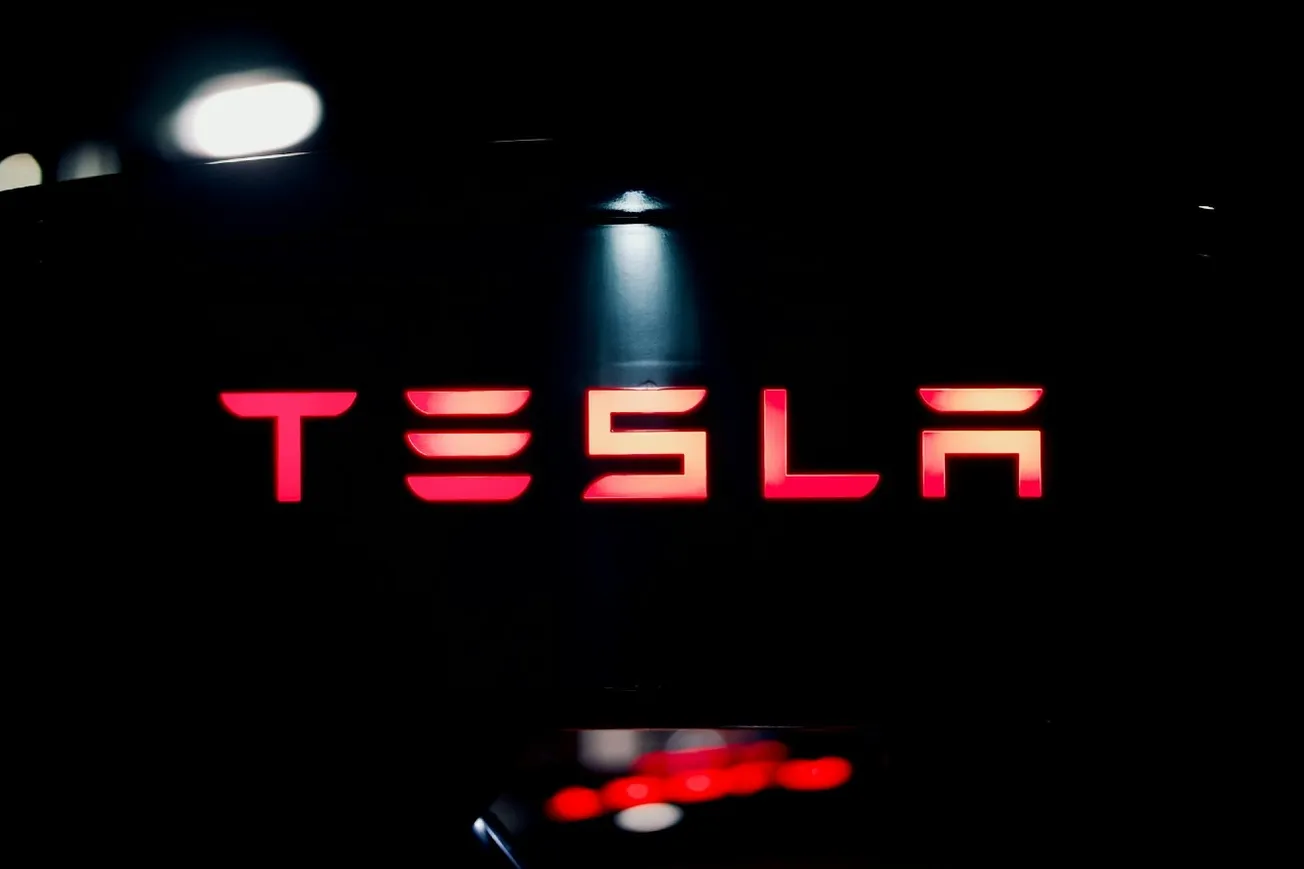In our first installment we saw the Karl Benz patent the first vehicle we would recognize as an automobile in 1886. We saw the world recognize how these vehicles could provide independence and mobility for people around the world. We saw the emergence of a clear winner in terms of propulsion technology in the form of gasoline over all others because of its high energy density, ease of distribution, and quick refilling. And we saw automobiles grow in numbers so large that they not only created a global industry, but started to negatively affect the air we breathe. That brought us to the 70s and the era of emission controlled cars that we enjoy today.
The air over most big cities around the world is obviously cleaner today than it was in the sixties, and our cars have sophisticated emission control systems, vastly improved fuel economy, and surprisingly even greatly improved performance. You might ask, then why the industry is at the threshold of yet another paradigm shift?
Greenhouse Gasses And Automobiles
As mentioned earlier, the ultimate clean combustion exhaust would consist of just two compounds - CO2 and water (H2O). Today, scientists are concerned that rising levels of greenhouse gasses, like CO2, are contributing significantly to global warming! This has led to an entirely new generation of environmental regulations regarding CO2 emissions around the world. In many cases these regulations include the creation of CO2-free zones or zero-emission zone (ZEZ) where fossil fuel-powered vehicles are not allowed to operate at all.

These new rules will take effect in Europe before they do in the States, but similar regulations will come here as well. These regulations mean that car manufacturers MUST produce cars that do not burn fossil fuels in the years ahead. Ultimately, all the new motor vehicles produced will have to be electric or use a fuel that is presently not available. The only variables when these regulations apply where you live and drive.
The Road Ahead
This changeover is not being driven by customer demand but by legislation! To quote a line from Star Trek, “Resistance is futile.” We will have significantly more electric vehicles, and we will have them soon. There are electric cars available today and there have been for over a decade now. The leading manufacturer by volume is Tesla, but others manufacturers offer gas/electric hybrids, and pure electric vehicles as well. These cars typically cost more than their gasoline counterparts, yet people step up and pay the premium for a variety of reasons, from making a statement about their environmental commitment, to their sense of wanting to be an early adopter. But, as a percentage of new vehicles sold in the US, electric vehicles are still in the single digits.
During the next ten years this will have to change dramatically, not because customers will suddenly want to make a statement about the environment, but because new car manufacturers have to produce an increasing number of electric cars to comply with the increasingly stringent regulations.
Does this mean that the cars of the future will be bland electric vehicles forced on the public by the government? Not at all! As many people have already discovered electric cars can be stylish, comfortable, and have shockingly good performance. They can and will be wonderful! But, the transition from this point forward will be anything but smooth.
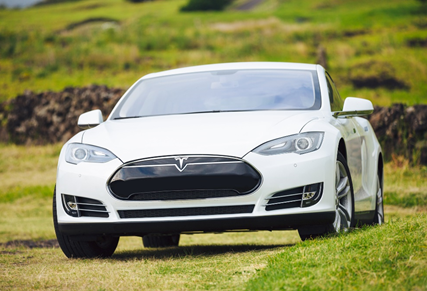
Let me list just some of the issues which will make the next few decades very interesting in the automotive arena.
- Availability of electric recharging infrastructure: I am sure all of you can think of at least three gasoline stations within a ten-minute drive of your home. How many of you can think of one electric car recharging station within the same distance? While the electric recharging infrastructure is rapidly growing across the US, there is still a long ways to go. Unlike driving in your gasoline powered car, before you start a trip in an electric vehicle that is likely to go beyond the range of a single charge, you need to plan for where you can stop to recharge and allow time for it.
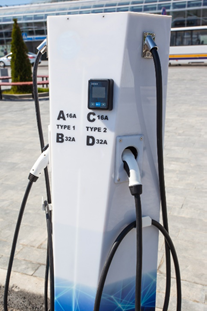
- Demand for electric cars is still relatively low: Most people are still not especially interested in owning an electric car. Only one brand, Tesla, offers an all-electric fleet. They entered the market as an exclusively electric car producer and aimed to attract an audience of early adopters. They produce good products, have built a successful brand, and have increased their sales, but they have no true competitors…yet. It remains to be seen how the economics of the electric car market will shape up as the supply increases. Or, if demand will grow organically enough to catch up with the supply as other brands go electric. General Motors, Volvo, VW, and Ford have already stated they will go either entirely electric or predominantly electric by the end of this decade.
- The grid's capacity to withstand the increased electrical in demand: Many people really do not care about where the nearest recharging station is, because they intend to recharge their car in their garage at home, overnight. Today, that may be possible if you are one of the few who own an electric vehicle on your block. But, what if half your neighbors buy electric car? And think past your personal use vehicles, to the bus fleets of your city? Is the grid in your city up to the additional load of charging fleets of busses? While our need for gasoline will decline over time, out need for electricity will skyrocket! Who is planning for this dramatic change in energy demand? And who will pay for the investments?
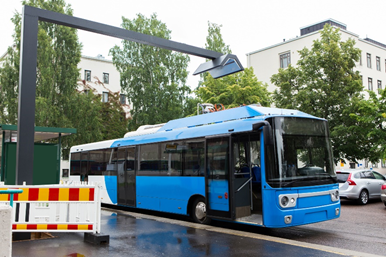
- Relocation of emissions and pollution: What do we mean by that? Obviously, an electric car does not have a traditional exhaust pipe and thus produces zero emissions...at its tailpipe. But, where and how was the electricity it stored in its battery produced? Here in the US, the chances of it being produced by 100% renewable sources simply do not exist. According to the February report from the US Energy Information Administration, the primary sources of Electricity generated in the US are: natural gas 40.3%, nuclear 19.7%, coal 19.3%, wind 8.4%, hydro 7.3% In Norway, where the vast majority of electricity is produced from renewable sources like hydropower and wind turbines, the switch to electric vehicles more closely approximates a genuine zero emission situation. We cannot do that here in the US. In the meanwhile, we should not assume that driving electric vehicles means complete elimination of CO2 emissions.
- While car manufacturers are clearly committed to make and sell electric cars, the changes they will have to make will be significant, difficult, and expensive. Here are a few examples. Most manufacturers do make their own engines today. They have foundries, huge and expensive machining operations, and tremendous expertise in engine manufacturing. All of that will be surplus and non-transferable to the electric vehicle manufacturing operations. Even the machinery used to make internal combustion engines will not be useful for making electric motors. Motors, battery packs, electric motor controls, and electric cabling will all come from outside suppliers. While that is not a bad thing, the number of people directly employed by each car manufacturer is likely to drop dramatically. Electric component and battery vendors will thrive. There will be new winners and losers as the industry shifts to adapt.
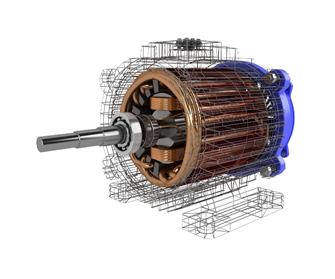
More surprises in store?
Finally, there will be "wild cards," those changes that we cannot anticipate even at this late date! Let me give you two examples that very recently have come to light.
- The first is from no less a company than Porsche, who announced that they are developing a synthetic eFuel! When burned in a traditional internal combustion engine, it will yield an exhaust gas that is so low in harmful emissions that its carbon footprint is essentially zero! Testing on this synthetic eFuel is scheduled to start next year.
- A second alternative might be Hydrogen, which can be produced by breaking down hydrocarbon molecules like natural gas to separate out the Hydrogen, or by electrolysis a process that sends a current through water to separate it into its two components, Hydrogen and Oxygen. If the electricity to perform the electrolysis comes from renewable sources such as wind and solar, the Hydrogen is considered Green Hydrogen, because of the low environmental impact during its production. When you combine Hydrogen and Oxygen, you get the ultimate clean exhaust product, water! And there are two ways you can combine Hydrogen and Oxygen, one I through combustion as in an engine where it produces work, and the other is in a Fuel Cell where it can produce electrical energy…as an alternative to a battery.
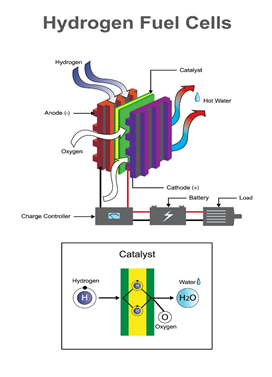
The race to make electric cars economical and viable has the industry giants working overtime. But, this energy revolution is not limited to passenger cars. The entire transportation spectrum is facing similar challenges with environmental regulations that will compel them to shift to either electric power, Hydrogen power, or a new and as yet unknown, 100% synthetic fuel by 2030! Included in this change will be: airplanes, ships, trucks, busses, and cars!
Only time will tell. We at tippinsights are keeping a close watch as the story unfolds and keep you informed.
You Can Read Part 1 Here:
